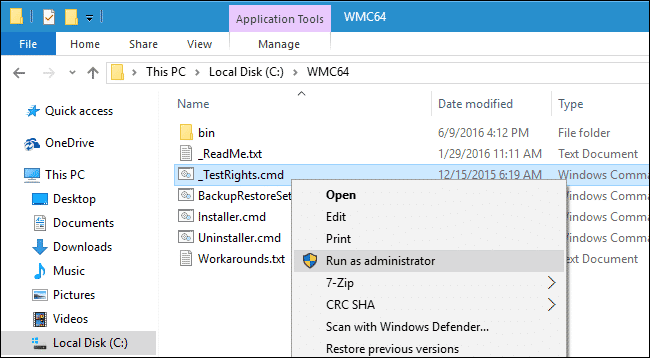


And Linux users have several free options, including Freevo and LinuxMCE.Īll of those applications scan your PC for photos, music, videos, and the like, and then present them inside an oversize, TV-friendly interface (commonly known as a 10-foot interface, meaning it’s easily viewable from the couch). Mac OS X Leopard users already have basic media-center software in the form of Apple’s Front Row, though third-party alternatives are also available. In fact, if you’re running Windows Vista Home Premium or Vista Ultimate, you’re set: Microsoft baked Windows Media Center right into the OS. I found the Silverlight interface to be easier to use and speedier than the basic HTML interface, but your mileage may vary.The open-source Freevo is one of several great no-cost media-center applications for Linux.You don’t necessarily need to buy new hardware, and the software part of this upgrade could be easier than you think.
Enter your user name and password and you're in. Note that you will need a different URL if you're using a device that is on the same network as your Media Center, but it's pretty straightforward. To get a reminder, just click "How do I connect to this server?" in the upper right. To connect to Remote Potato remotely, just enter the URL you were given at the end of the wizard. If you want to stop the server (for instance, if you want to change the settings), the same icon will now stop it.  Click the play icon near the top left to start the server. When the wizard closes, you can select which media to stream through Remote Potato. Otherwise (or if you don't know what I was talking about in that last sentence), you can set up the free DynDNS service that will track down your Media Center no matter what. If your ISP has assigned you a static IP, you can just use that. Now you have to choose how Remote Potato will direct Web browsers to your Media Center. I recommend setting up security so your media is password-protected, but you have the option to make it public. Remote Potato should launch once it's installed, and guide you through a wizard to set up your server. While installing, you'll need to set up a user name and password to access your media remotely. Download and install Remote Potato Server on your Windows computer. The free, wonderfully named Remote Potato steps in to let you use that media from any Web browser. Your Windows Media Center makes organizing and enjoying your music, videos, movies and other media incredibly easy-but if you want to listen or watch remotely, you've been out of luck.
Click the play icon near the top left to start the server. When the wizard closes, you can select which media to stream through Remote Potato. Otherwise (or if you don't know what I was talking about in that last sentence), you can set up the free DynDNS service that will track down your Media Center no matter what. If your ISP has assigned you a static IP, you can just use that. Now you have to choose how Remote Potato will direct Web browsers to your Media Center. I recommend setting up security so your media is password-protected, but you have the option to make it public. Remote Potato should launch once it's installed, and guide you through a wizard to set up your server. While installing, you'll need to set up a user name and password to access your media remotely. Download and install Remote Potato Server on your Windows computer. The free, wonderfully named Remote Potato steps in to let you use that media from any Web browser. Your Windows Media Center makes organizing and enjoying your music, videos, movies and other media incredibly easy-but if you want to listen or watch remotely, you've been out of luck.







 0 kommentar(er)
0 kommentar(er)
